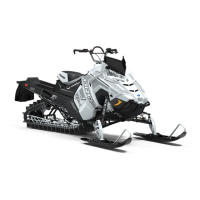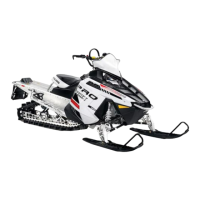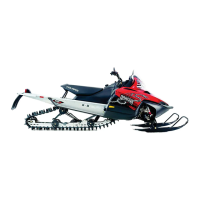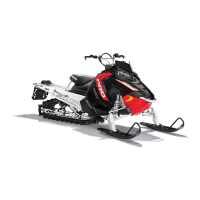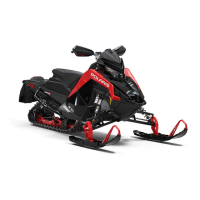Why does my Polaris Offroad Vehicle engine requires more than normal pulls to start?
- MMichelle DiazSep 23, 2025
Your Polaris Offroad Vehicle engine may require more than normal pulls to start due to poor fuel, so replace it with fresh winter fuel. It could also be that not enough fuel is getting to the engine, or that the fuel filter or tank pick-up sock is plugged, so see your dealer.


